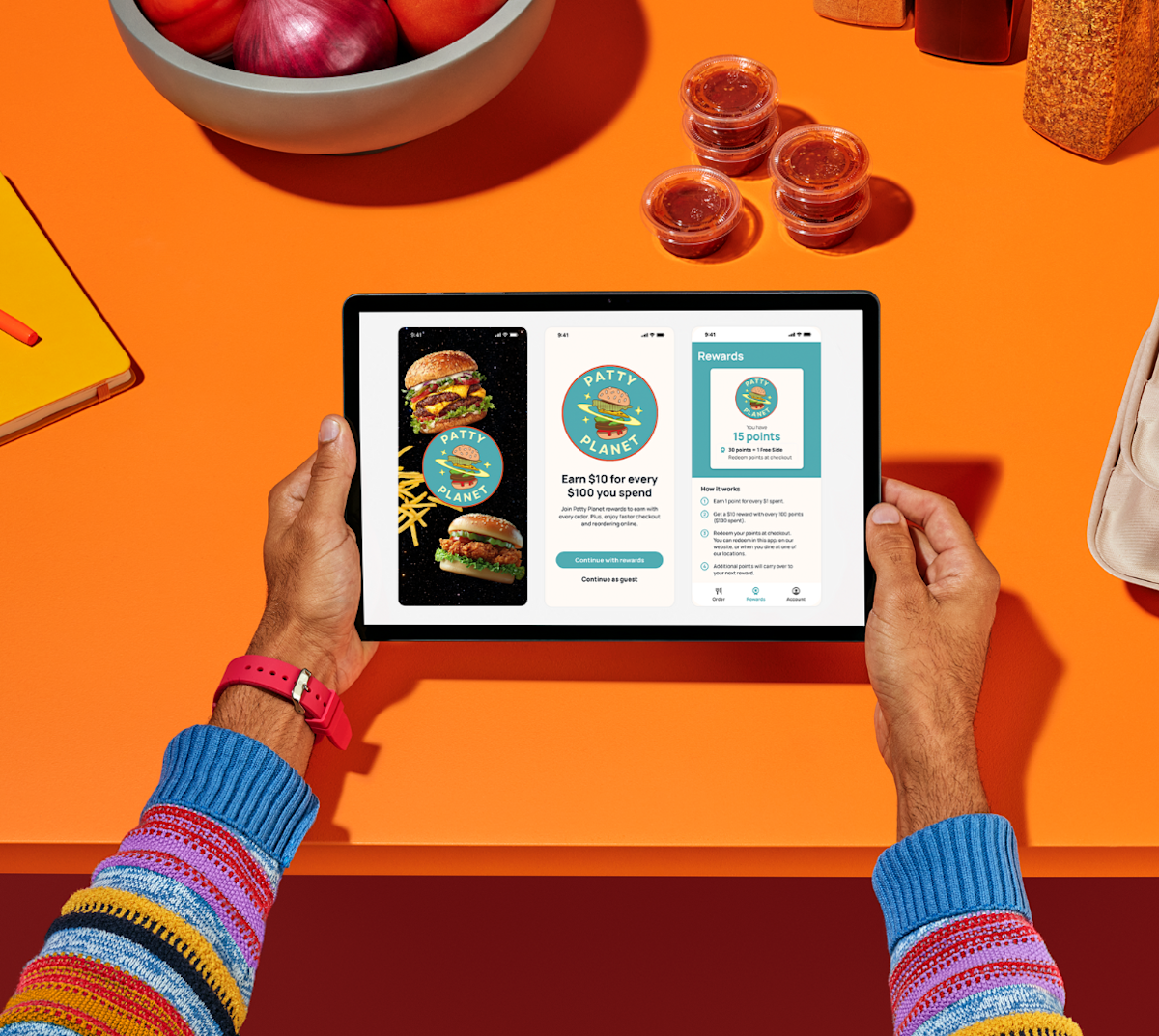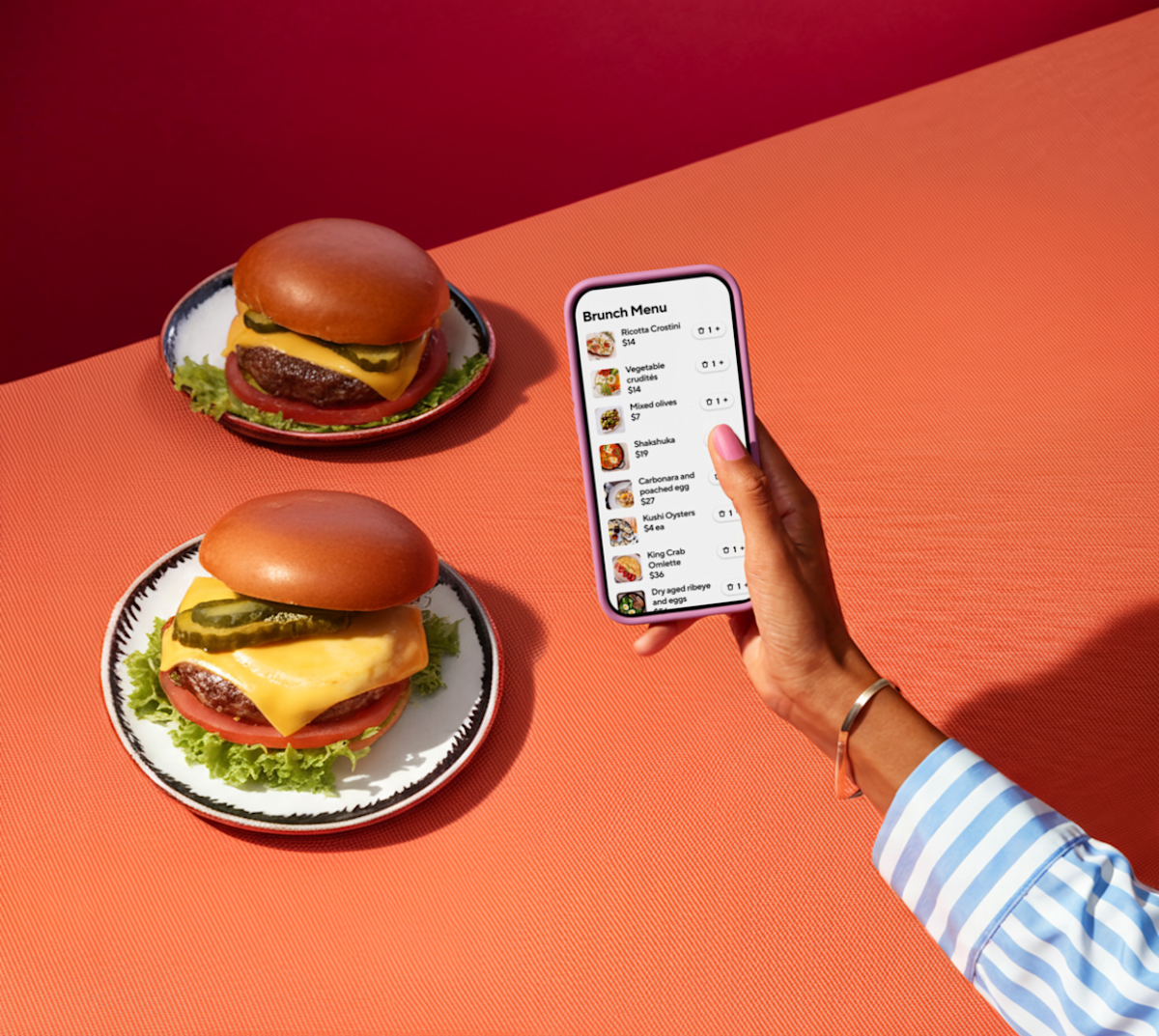The best restaurant loyalty programs keep customers coming back and deliver measurable ROI. With so many options, the question isn’t whether to offer a loyalty program — it’s which model will give your particular business the clearest return on investment (ROI) and build stronger relationships with your guests.
Over half (51%) of U.S. adults already participate in a restaurant loyalty program — but not all programs deliver the same ROI results. This guide compares popular types of restaurant loyalty programs to show how each impacts customer engagement and long-term ROI.

Why ROI matters when choosing a restaurant loyalty program
Loyal guests are a restaurant’s most valuable audience. A loyalty program is a smart way to thank them — and get them back in more often. But not all programs are equal. Some are quick to launch but hard to measure. Others promise great insights but are pricey or create messy, disconnected data.
The simplest way to choose? Look at ROI: how much repeat revenue you get for the money and effort you put in.
ROI = results, not features. You're balancing cost, guest engagement, and repeat spend.
Loyalty guests come back more. 47% of restaurant loyalty members use their memberships several times a month, and 32% do so several times a week.
Good programs turn orders into insight. Every visit earns a reward and gives you usable data to personalize offers and build stronger relationships.
If a program helps you track what works, nudges guests to return, and makes the numbers easy to see, it's more likely to pay off over time.
Comparing loyalty program types
Restaurant loyalty models vary widely in structure, data capture, and ROI potential. The four primary models — punch card, points-based, and tiered — offer different advantages depending on a restaurant’s size and digital maturity.
1. Punch card loyalty programs
Definition: A punch card program offers a reward after a set number of purchases (e.g., “Buy 9, get the 10th free”). Guests track their purchases on a wallet-sized card, presenting it at the register to receive a stamp or punch with each purchase.
Benefits:
Simple and inexpensive to launch
Familiar format for small or single-location restaurants
No digital setup required
Limitations:
Cannot track customer data or ordering patterns
No personalization or performance insights
Only supports in-person transactions
ROI assessment: Punch cards are best for entry-level loyalty. They can generate repeat visits, but provide no measurable data to calculate ROI accurately.
2. Points-based loyalty programs
Definition: A points-based loyalty program lets customers earn points for each dollar spent, which can later be redeemed for rewards or discounts. This digital system creates a clear, transactional link between spending and incentives, encouraging repeat orders. Over time, it helps restaurants build steady engagement and track which rewards drive the most return on investment.
Benefits:
Flexible thresholds and reward options
Digital tracking
Scalable for multi-location operations
Limitations:
Often limited to one ordering channel
Data may be siloed across dine-in, pickup, and delivery
ROI measurement can be fragmented without unified systems
ROI assessment: Points-based programs offer strong ROI and scalable engagement but need integration across direct ordering channels to fully measure impact.

3. Tiered loyalty programs
Definition: A tiered loyalty program groups customers into levels such as Silver, Gold, or Platinum based on spending or visit frequency, with each tier unlocking greater rewards. This structure gamifies customer engagement by encouraging guests to spend more or visit more often to reach higher tiers. Tiered programs help restaurants identify and retain high-value customers while driving measurable increases in repeat revenue and ROI.
Benefits:
Motivates higher spend to reach new tiers
Creates gamified engagement and brand affinity
Offers differentiated experiences for high-value guests
Limitations:
May require employee training
Can alienate occasional customers
Can be complex to manage
ROI assessment: Tiered programs are designed to drive high-value customer retention and average order growth but require more hands-on management and analysis than points-based systems to track ROI.
How resutaurant loyalty programs influence customer lifetime value (CLTV)
Customer lifetime value (CLTV) represents the total revenue a guest generates over their entire relationship with a restaurant. Loyalty programs directly increase CLTV by improving retention and spend frequency.
Ways loyalty improves CLTV:
Increases purchase frequency through incentives
Raises average check size per visit
Reduces acquisition cost by re-engaging known customers
Strengthens long-term brand loyalty through consistent engagement
ROI connection: Higher CLTV translates into sustainable ROI by compounding the financial value of each returning guest over time.
What loyalty data reveals about customer behavior
When you opt for a digital loyalty solution like a points-based system, every loyalty transaction produces data that helps restaurants understand and influence guest habits.
Key loyalty data points include:
Order frequency by customer segment
Most redeemed rewards and offers
Seasonal or channel-based purchase trends
Churn risk indicators and reactivation triggers
By connecting loyalty data with sales performance, restaurants can build personalized marketing strategies that drive measurable ROI. The DoorDash Commerce Platform helps merchants centralize these insights — combining loyalty, ordering, and marketing data in a single dashboard.
Getting started with DoorDash's points-based loyalty program
Cross-Channel Loyalty, built into the DoorDash Commerce Platform, is a points-based loyalty program that allows you to reward customers for their orders automatically. Rather than buying yet another piece of restaurant technology with a separate login, investing in the DoorDash Commerce Platform Pro package enables you to track your loyalty engagement directly from your Merchant Portal.
Core capabilities:
Real-time loyalty tracking across order channels
Automated reward reminders and personalized offers
Unified data dashboard for ROI measurement and insights
For El Jefe's Taqueria, saw ROI from Cross-Channel Loyalty soon after launch — automated loyalty emails, paired with other automated email marketing campaigns, generated $18,000 in sales in the three months after they went live with the Pro package.**
Ready to launch your points-based loyalty program?
Get a Commerce Platform demo**Based on DoorDash internal data, Jun 2025 to Sep 2025




